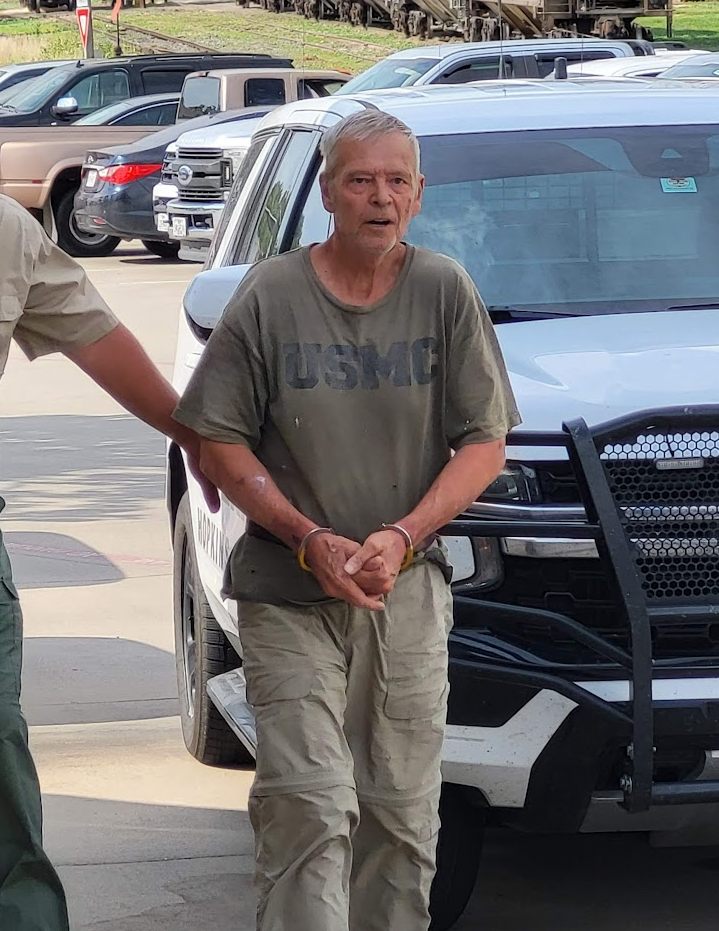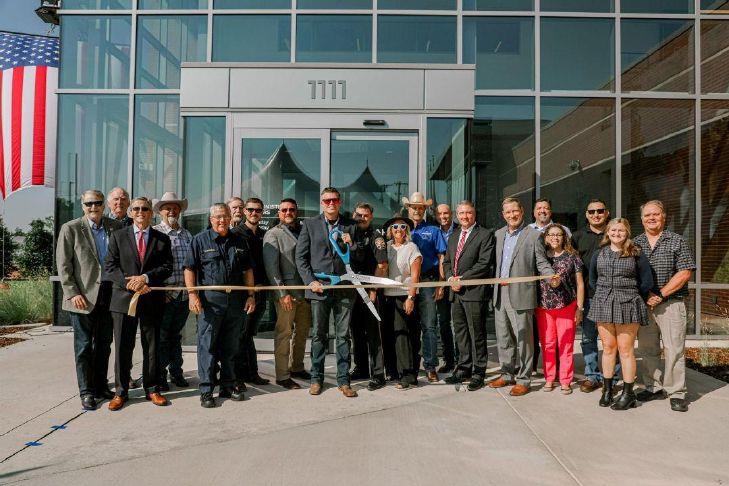Bill Spinks
wspinks@cherryroad.com
For a number of years, a Midlothian resident lived quietly in the community carrying perhaps a deep, dark secret.
William Doyle Magness had become just another of the Cement City’s 41,000 residents after moving from the Sulphur Springs area more than two decades ago to be closer to family. He was anecdotally a tennis coach for a time, and on a Facebook post only days before his arrest, had published a profile picture of himself with a significant other.
But after nearly three decades, it recently became apparent that Magness had made the mistake of holding on to a key piece of alleged evidence from his past. It would come back to haunt him.
In a shocking break in an East Texas cold case murder, Magness, 71, was arrested at his Midlothian home on July 8 and charged in connection with the 1996 death of 50-year-old Geraldine Blackmon of Sulphur Springs.
Magness, who would have been 42 at the time the murder occurred, was booked at the Hopkins County Jail with a bond set at $1 million. As of this past weekend, Magness was not listed as a jail inmate.
Hopkins County Sheriff’s Office investigators, working in conjunction with the Texas Rangers, executed a search warrant at Magness’ residence on July 8. During the operation, an arrest warrant for murder was also served, and Magness was taken into custody without incident.
“This arrest is the result of a comprehensive reinvestigation of the 1996 homicide,” the Hopkins County Sheriff’s Office stated in a media release. “The renewed effort included re-interviewing witnesses, conducting extensive forensic analysis, and the critical discovery of new ballistic evidence.”
Magness, a resident of Sulphur Springs when the murder occurred, was the original prime suspect at the time, according to Sulphur Springs radio station KSST. Magness was questioned, his home in Hopkins County was searched, and a sophisticated firearm was seized that utilized multiple barrels to shoot different calibers.
But authorities were unable to locate the specific barrel of the weapon that matched the caliber of the bullet that was used to kill Blackmon. The firearm was of the sort that allowed the attachment of multiple-caliber barrels, but the one caliber sought was not found at the time. So Magness walked free for the next 29 years.
However, the cold case was reopened this year, and Magness’ Midlothian residence on Rolling Hills Drive, where he had lived since May 2001 according to public records, was searched and the missing barrel was recovered.
A ballistics test positively matched the bullet collected from the 1996 crime scene, providing the crucial link needed to move the case forward.
So why did the alleged killer keep the original evidence that fingered him? There is no evidence that this was part of a serial killing, but experts say killers often keep souvenirs.
“It’s not uncommon for [serial killers] to collect ‘trophies’ – holding something back from victims,” Australian criminologist Dr.Tyrone Kirchengast told the BBC in 2019. “It’s part of the psychopath’s overconfidence — the belief they can fool everyone through manipulation or charm.”
Back in Hopkins County, Sheriff Lewis Tatum praised the relentless dedication of his office and investigators Shea Shaw and Chris Baumann, whose persistence led to this breakthrough, he said.
Tatum also extended his sincere gratitude to Texas Rangers Warren Williamson and David Stewart for their invaluable partnership and expert support throughout the investigation.
The sheriff also acknowledged the foundational work of key individuals who contributed to the case over the years. He thanked Constable Dennis Findley, who worked the case during his tenure at the Sheriff’s Office. Special recognition was given to Cherry Rice, the original lead investigator assigned to the case in 1996.
“Without the hard work and dedication of Mrs. Rice in the original investigation, this case would have never been solved,” Tatum said. “Her determination ensured that evidence and documentation were preserved for all these years, which proved instrumental in bringing us to this point.”




